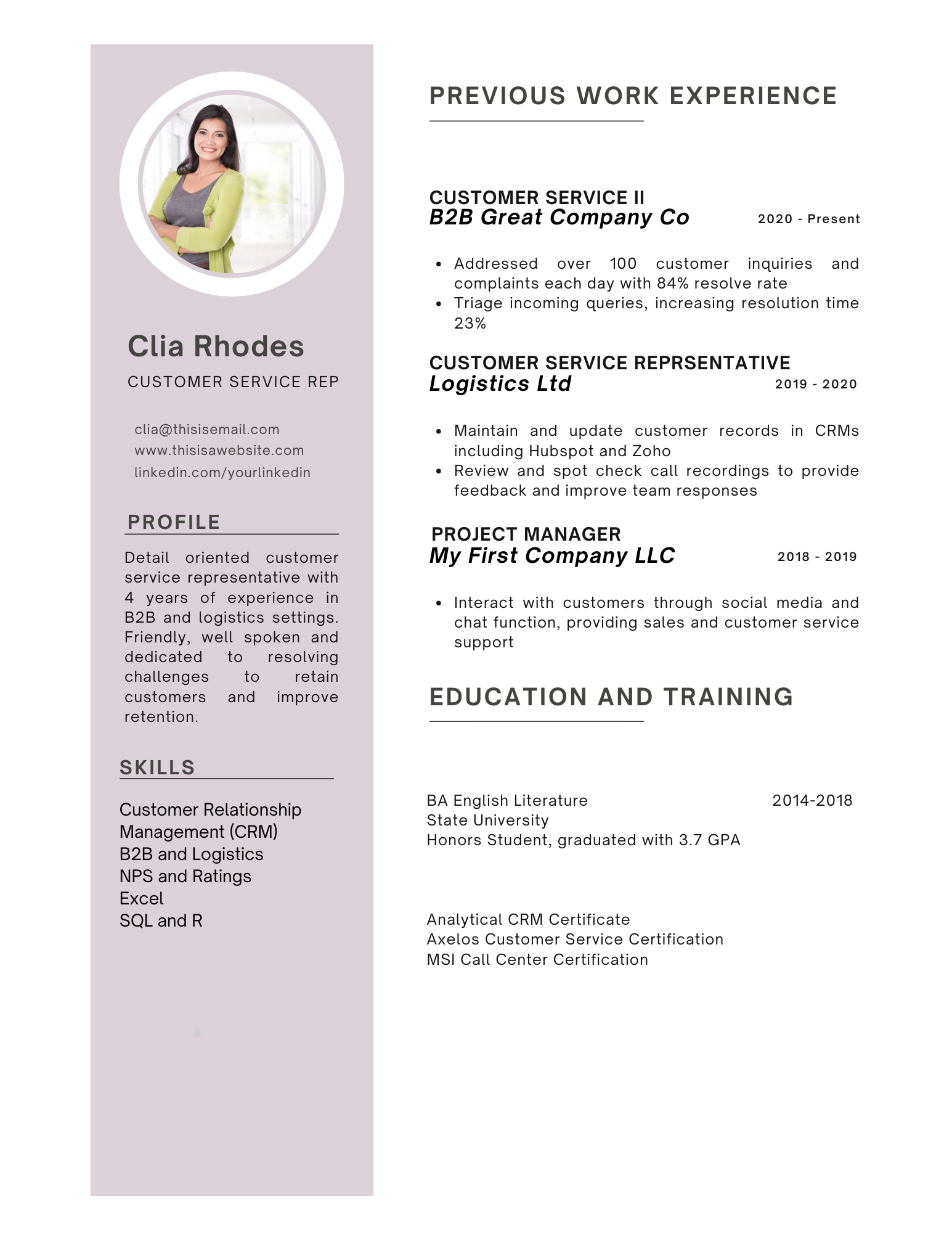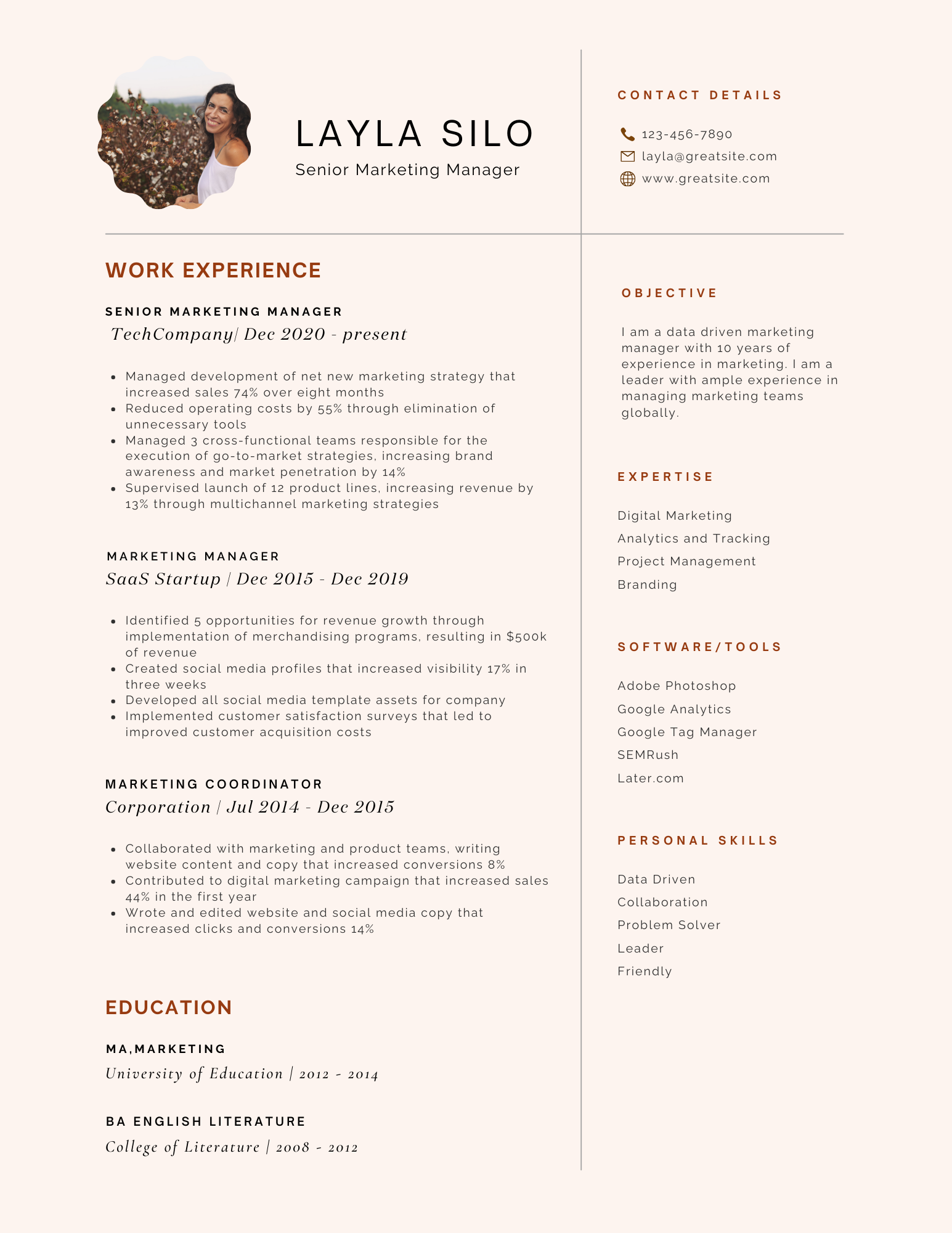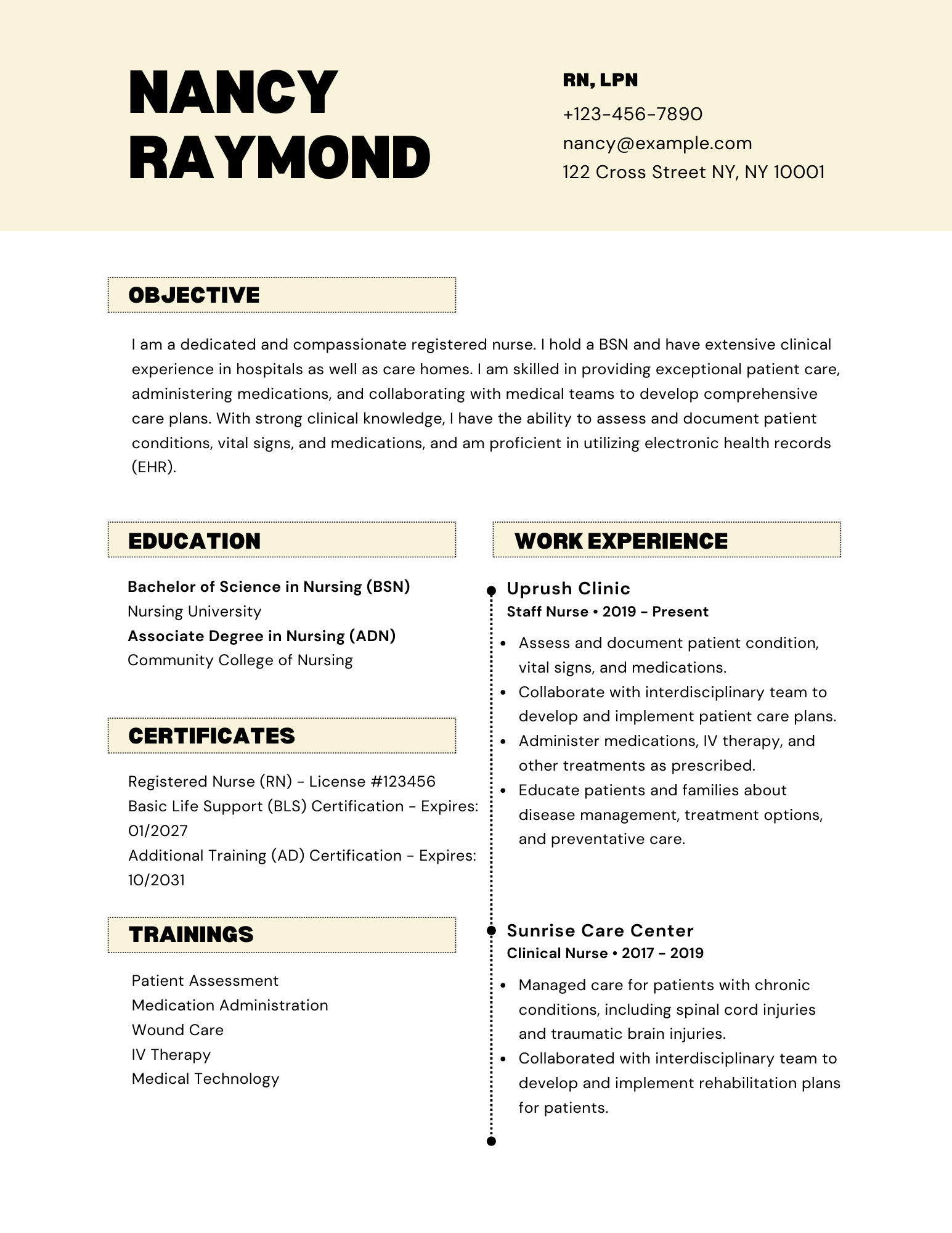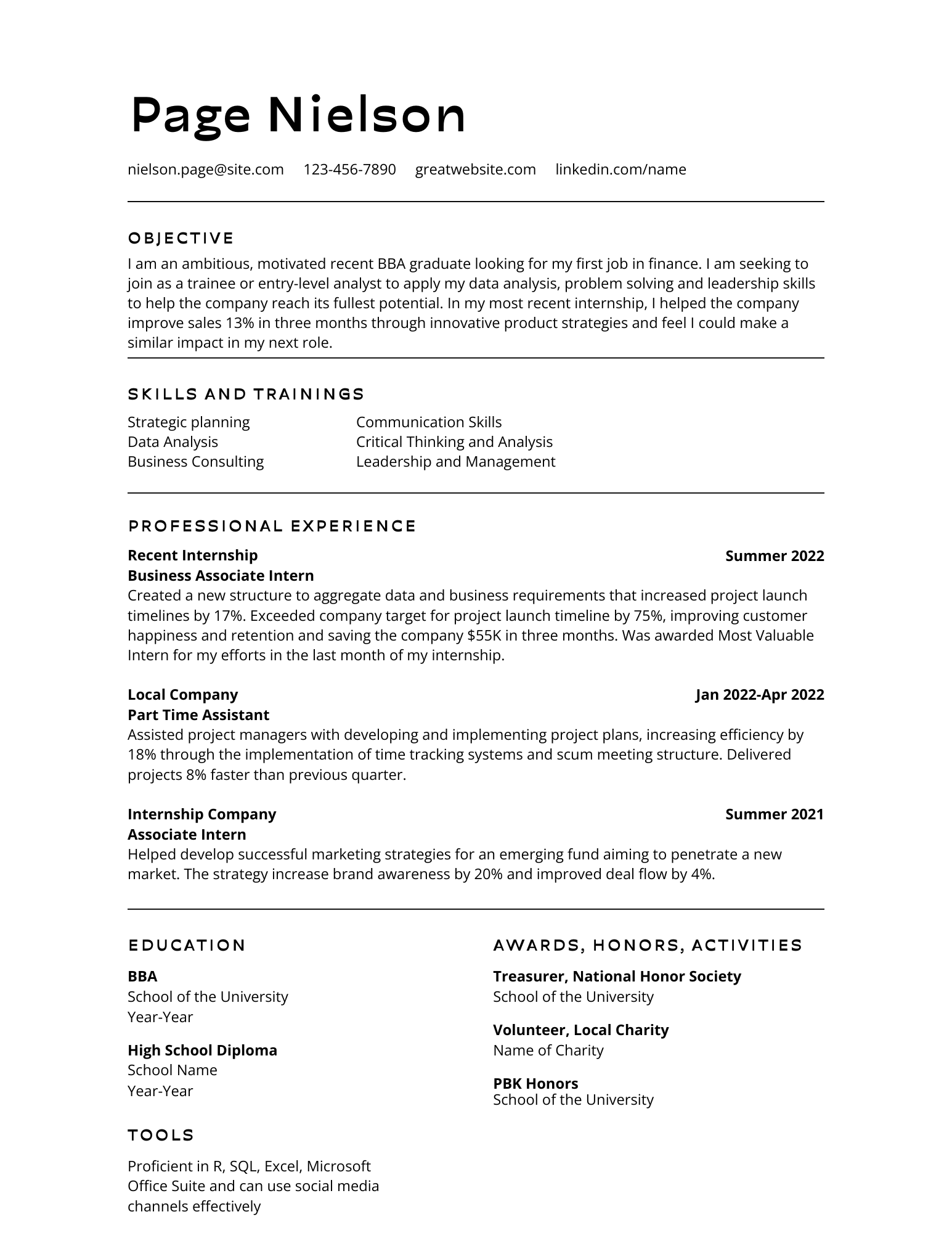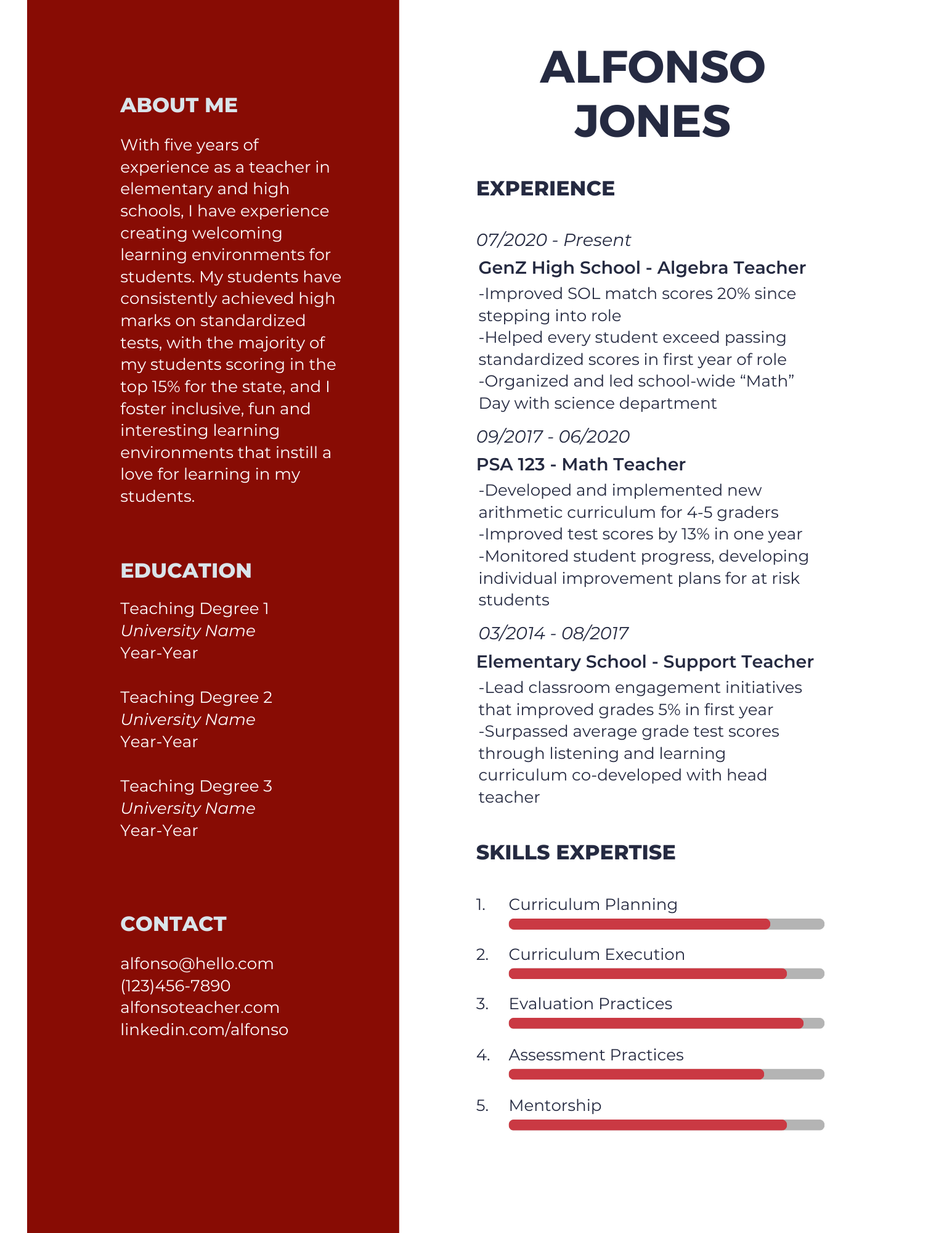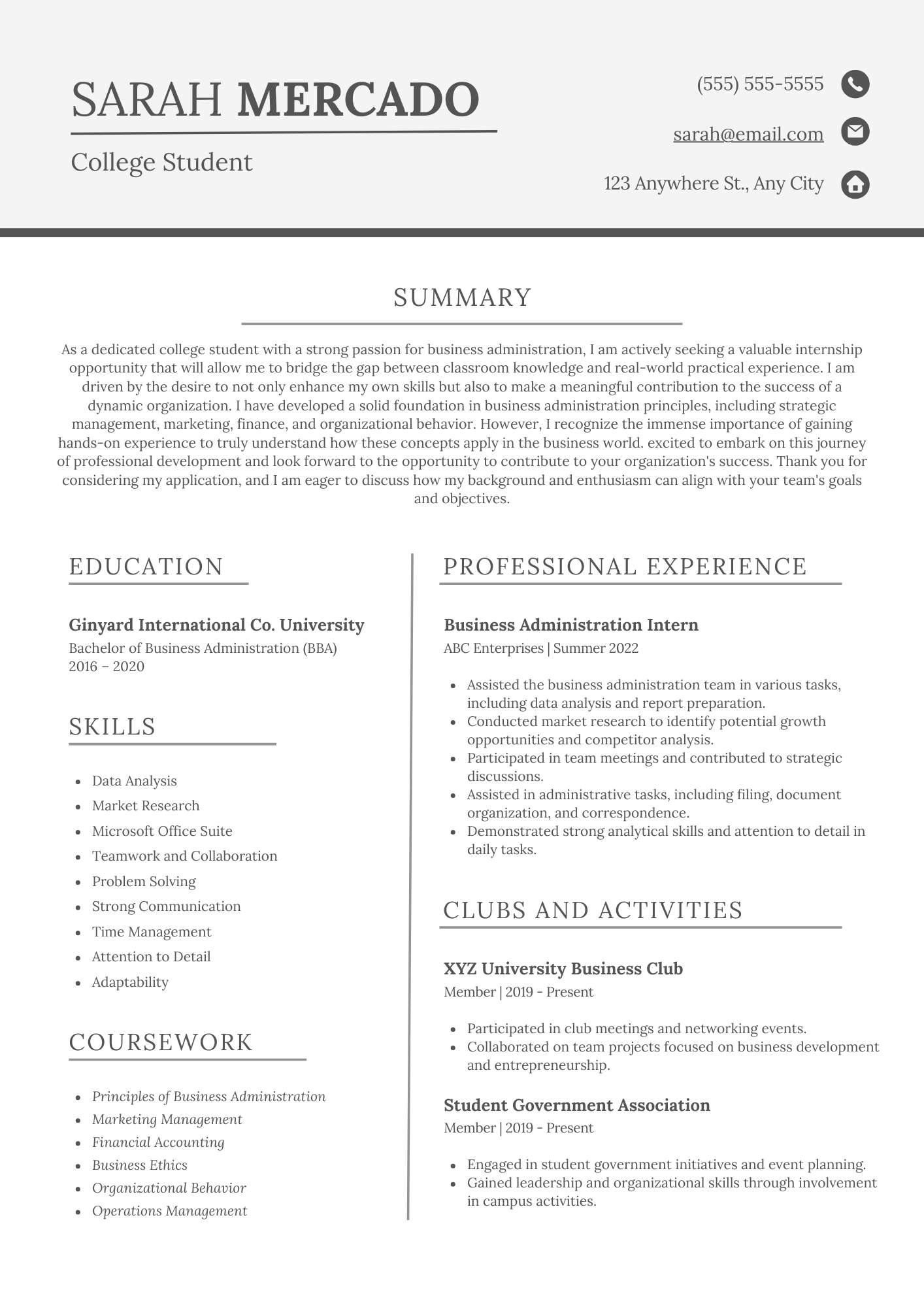Your resume is the first impression you’ll likely make on a potential employer.
The point of a resume is to give a quick preview of your qualifications, experience, skills, and achievements as they pertain to the specific job to which you are applying.
Many candidates forget that the goal of a resume is to show the specific employer how your background and experience matches up to the job you’re applying for, which is why there is not (unfortunately) a one size fits all resume that you can use when applying for jobs.
While it can be tiring to format and design a resume from scratch, and keeping tabs on what makes a good resume template can be time consuming, we’ve come up with a few best practices to give you the best chance at creating a job-winning resume template.
Here are the most important things that you need on your resume.
